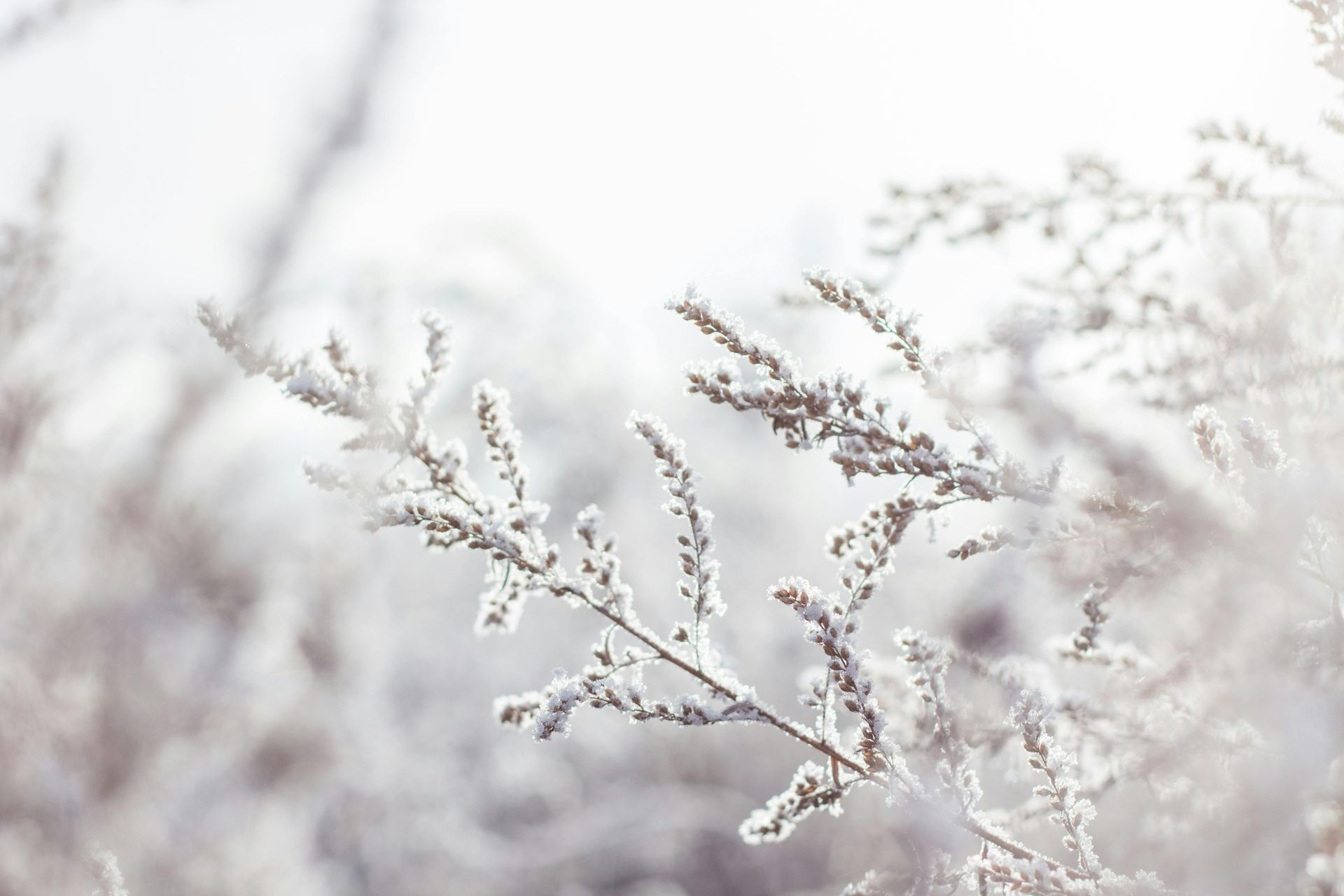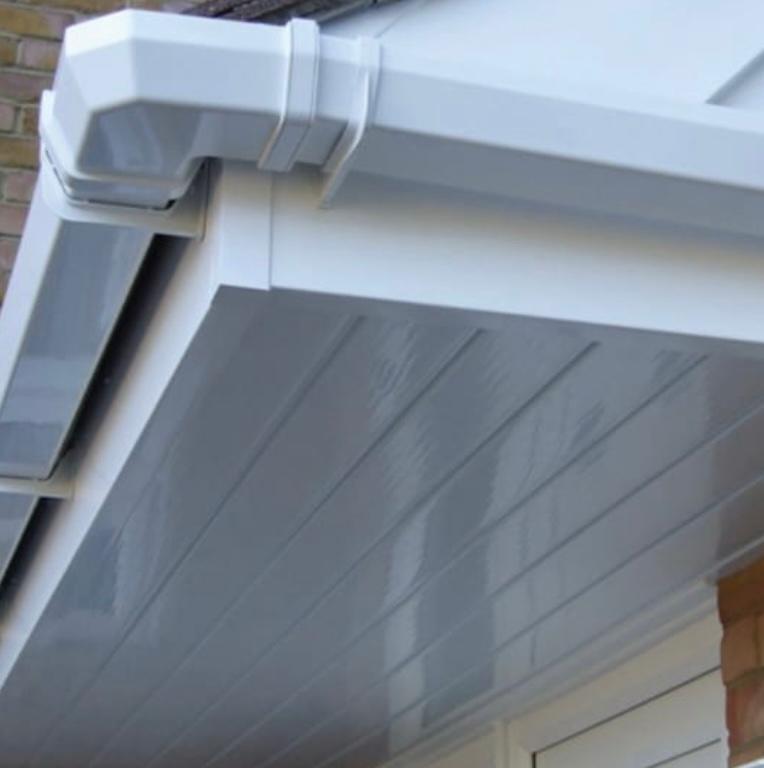The Impact of Melting Snow on Roofs: Understanding Risks and Prevention
Introduction:
Hightop Roofers Birmingham notes winter brings a picturesque landscape blanketed in snow, but for homeowners, it also signals potential challenges for their roofs. Melting snow can pose a range of issues, from leaks to structural damage. In this blog post, our roofers in Birmingham will explore the impact of melting snow on roofs, understanding the risks involved and offering practical tips for prevention.
The Risks:
1. Water Infiltration:
As snow begins to melt, the water can seep into cracks and crevices in the roofing structure. This infiltration can lead to water damage inside the home, affecting ceilings, walls, and even belongings.
2. Ice Dams:
One of the most common problems during winter is the formation of ice dams. These occur when melting snow refreezes at the roof's edge, creating a barrier that prevents proper drainage. Ice dams can lead to water backup and subsequent leaks.
3. Structural Stress:
The weight of accumulated snow can be substantial, placing stress on the roof's structure. When the snow starts melting, this stress is compounded by the added weight of water, potentially causing structural damage if the roof is not adequately supported.
Prevention Strategies:
1. Adequate Insulation
Ensure your attic is properly insulated to maintain a consistent temperature on the roof. This helps prevent uneven melting, reducing the risk of ice dam formation.
2. Ventilation:
Proper ventilation is crucial to expel warm air from the attic and keep the roof surface cool. This helps regulate the melting process and minimizes the potential for ice dams.
3. Regular Inspections:
Schedule regular roof inspections, especially before and after winter. Look for signs of damage, such as loose or missing shingles, and address any issues promptly.
4. Snow Removal:
While it's not always necessary, removing excess snow from your roof can help prevent the buildup of ice dams. Use caution and appropriate tools to avoid causing damage during the removal process.
5. Gutter Maintenance:
Keep gutters clean and free of debris to ensure proper water drainage. Clogged gutters contribute to ice dam formation and hinder the efficient flow of melting snow.
6. Waterproofing:
Consider applying a waterproofing membrane to your roof to add an extra layer of protection. This can be especially beneficial in areas prone to heavy snowfall.
Conclusion:
Understanding the impact of melting snow on roofs is key to maintaining a secure and functional home during the winter months. By implementing preventive measures and staying vigilant with regular inspections, homeowners can minimise the risks associated with melting snow, ensuring a resilient and long-lasting roofing system. Remember, a proactive approach today can save you from costly repairs tomorrow.
Contact
Hightop Roofers Birmingham for professional advice and your free competitive quote.
You might also like
Roofers Birmingham Blog



BOOK A QUOTE TODAY
We will get back to you as soon as possible
Please try again later
Hightop Roofers Birmingham
Our roofers in Birmingham have over 10 years of experience in the field of roof construction, roof replacements and repairs.

Contact Details
Phone No:
Main Office - Room 15, 45 Upper Dean Street True, Birmingham B5 4SJ
Service area - Birmingham and all surrounding areas